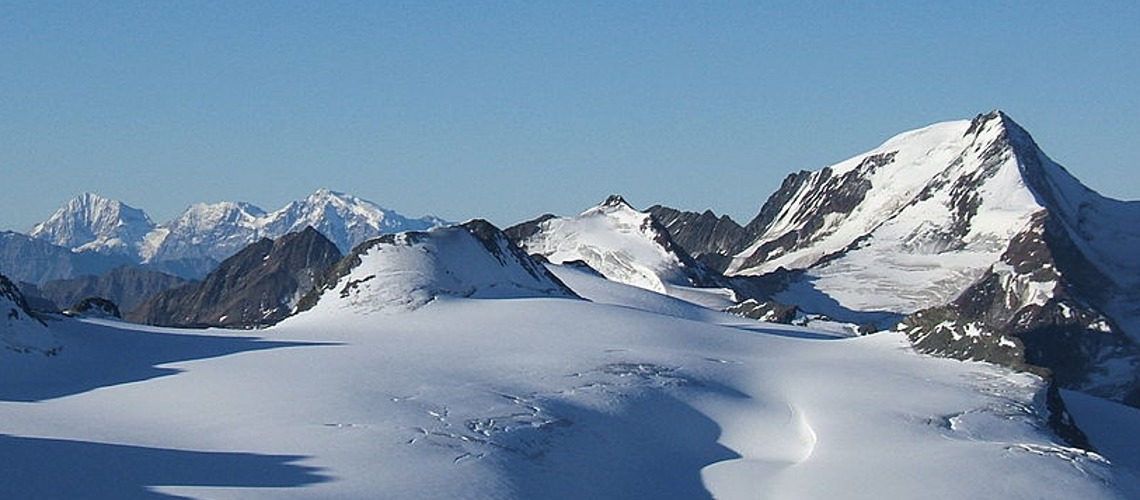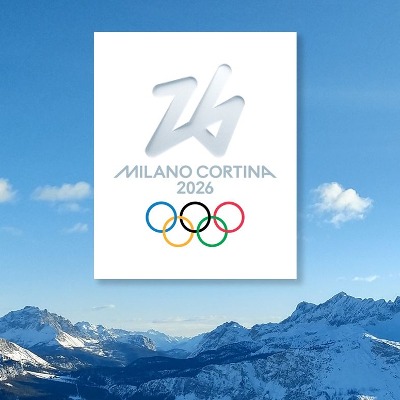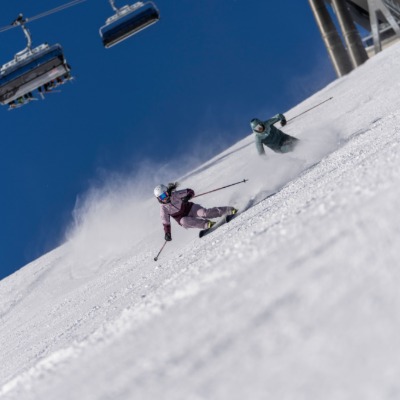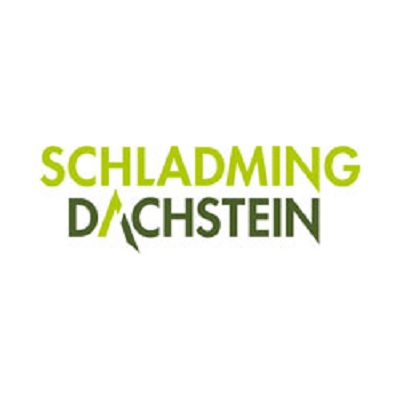Nature Conservation Associations Call For Largest Contiguous Glacier Area In Austria To Be Protected

WWF Austria, the Austrian Alpine Club, the German Alpine Club and Nature Friends Austria have applied to the Tyrolean state government to expand the “Ötztal Alps” quiet area. They demand that the largest contiguous glacier area in Austria around the Weißseespitze and the upper area of the Gepatschferner be placed under protection. The four nature conservation associations are clearly against the announced plans to expand the Kaunertal Glacier ski area to large areas of the Gepatschferner. “The designation as a quiet area would mean binding protection and long-term preservation of this undeveloped natural area and the ecosystems under pressure. Placing it under protection would be the right step towards consistent glacier protection,” say the representatives of the four organizations.
Together with the Kesselwandferner, the Gepatschferner forms the largest contiguous glacier area in Austria. Due to the large, uninfluenced and contiguous area without fragmentation, it is one of the few areas in the Alps that comes closest to the character of a wilderness: “These large, contiguous ecosystems are important for animal and plant species, some of which are threatened, especially in times of climate and biodiversity crisis of great importance – and will be even more important in the future,” says WWF program manager Hanna Simons. The newly submitted plans for the ski development of the upper Gepatschferner would take away the attractiveness of an internationally important touring area. “With the Brandenburger Haus and the Rauhekopfhütte, the DAV has maintained important alpine bases in the area since the end of the 19th century. These plans would literally block future prospects for nature-based tourism,” says DAV President Roland Stierle angrily.
New development would require permanent, massive interventions
For the four nature conservation associations, a new development of glacier areas is currently not justifiable. “The glacier tongues in Austria retreat by an average of 20 to 30 meters every year. Even at the very highest altitudes of the Alps - i.e. where the glaciers should normally receive replenishment in the form of snow and grow - the thickness of the glaciers is decreasing and the glacier areas are sinking," explains the outgoing President of the Austrian Alpine Association, Andreas Ermacora once again clearly demonstrates the need for protection of the ice surfaces. In the period from 1999 to 2019, the Gepatschferner lost an average of 17 meters in ice thickness across its entire area, which corresponds to around 80 centimeters per year. “Due to the constant changes in the landscape, building the lift alone would not be enough. Interventions and technical measures on the glacier and in the peripheral areas would be necessary every summer in order to make piste preparation and skiing possible in winter. Then it’s a permanent construction site instead of a natural experience,” explains Ermacora.
Questionable exceptional areas in the high mountains – the so-called glacier protection program
Since 1981, around 395 square kilometers of the Ötztal Alps have been fundamentally protected from technical development by the high-quality protected area “Ötztal Alps Rest Area”. In addition to protecting nature, such a quiet area also aims to provide relaxation in the great outdoors. Infrastructural developments such as cable cars or roads are generally not permitted there. In addition, the Tyrolean Nature Conservation Act basically protects all glacier areas and prohibits technical development. The exception: In 2005, the Tyrolean state government relaxed general glacier protection and designated exceptional areas in the so-called “glacier protection program” to enable the expansion of glacier ski areas. With the expansion of the quiet area, the environmental and alpine associations are also calling for this exception to be lifted. “Unfortunately, the sister application for the area around the Linken Fernerkogel was rejected in the spring. And this despite the fact that the targeted protection of these areas is currently still the only option for consistent glacier protection. “A long-term solution to the problem would otherwise have to be a corresponding new version of the Tyrolean cable car and ski area program,” says Leopold Füreder, the Tyrolean chairman of Naturefriends Austria.
The unique high alpine natural area of around 3.3 square kilometers east of the 3,518 meter high Weißseespitze, including the highest glacier areas of the Gepatschferner in the rear Kaunertal, is still not protected. What's more, this area was explicitly approved for spatial planning purposes as an exception area for possible ski resort development. And this despite the fact that directly adjacent areas are strictly protected under European law and by the Tyrolean protected area category “quiet area” due to unique natural conditions. According to the application submitted by the four alpine and environmental protection organizations to the Tyrolean state government, the area should be integrated into the directly adjacent “Ötztal Alps” quiet area for permanent protection.
Photos of the Gepatschferner can be found here.














